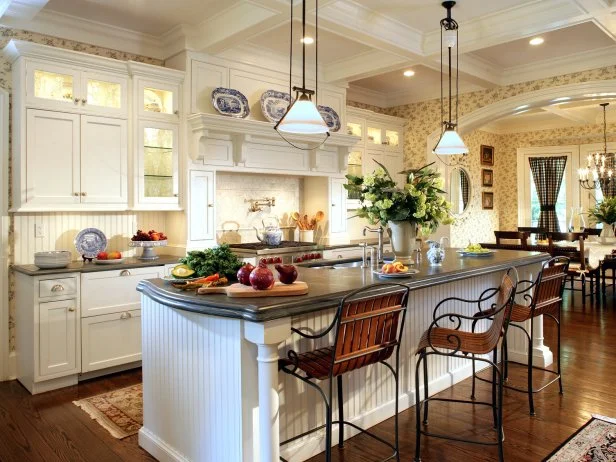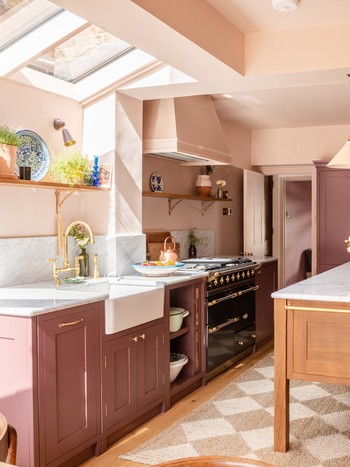Cutting-edge and Fashionable Designs in Modern Legs For Kitchen Island Solutions
Cutting-edge and Fashionable Designs in Modern Legs For Kitchen Island Solutions
Blog Article
An Overview to Choosing the Perfect Legs For Kitchen Island for Your Home
Choosing the optimal legs for your kitchen island is a nuanced decision that impacts both the performance and aesthetic allure of this main room. Factors such as height, materials, and style play an important duty in integrating your island with the overall cooking area style. In addition, recognizing the relevance of security and upkeep can significantly affect your selection. As you consider these elements, it comes to be evident that the right legs can change not just the appearance of your cooking area yet also its use for years ahead. What particular attributes should you prioritize in this option process?

Recognizing Kitchen Area Island Legs
When picking legs for a kitchen area island, it's necessary to comprehend their visual and functional functions in the total design. The legs offer as an essential support group, making certain security and sturdiness for the island, which commonly functions as a work space, dining location, or collecting spot. As a result, the selection of material and building method have to be robust enough to stand up to day-to-day usage and possible wear.
Along with their structural obligations, legs add dramatically to the island's aesthetic allure. They can enhance the kitchen's style, whether through conventional, contemporary, or eclectic designs. The height and proportion of the legs are additionally critical considerations; they should harmonize with the island's countertop height while ensuring comfortable seating for those making use of the room.
In addition, the leg layout can affect the general circulation of the kitchen area. Open, airy leg styles can develop a feeling of lightness, while solid, substantial legs might communicate an extra grounded and stable aesthetic - Legs For Kitchen Island. Recognizing these useful and visual facets will certainly assist house owners in making informed choices that enhance their kitchen area's style and enhance its functionality
Popular Styles and Products
The option of legs for a kitchen island incorporates a variety of prominent designs and products, each offering distinct features that can enhance both performance and appearances. Conventional legs normally exhibit ornate details and workmanship, improving traditional cooking area styles.

Elevation and Stability Considerations

Stability is an additional crucial consideration. The legs of the kitchen island need to supply appropriate support, making certain that the framework can endure day-to-day usage without moving or tottering. Product option plays a substantial role in stability; metal legs, for example, have a tendency to provide better stamina compared to wood. In addition, making certain that the island is safely secured to the floor or wall surface can improve security, especially for bigger islands that may birth considerable weight.
Matching Your Kitchen Aesthetic
Picking the right legs for your kitchen area island surpasses functionality; it likewise plays a substantial role in the overall aesthetic of the room. When picking legs, consider the design style of your cooking area. For a contemporary look, smooth steel or minimal designs can create a clean, contemporary ambiance. On the various other hand, rustic or traditional kitchen areas frequently gain from wood legs with elaborate outlining or a troubled surface, boosting warmth and personality.
Color is another critical element. Legs that complement or contrast with your island's surface area and bordering cabinetry can produce visual harmony or striking centerpieces. For example, pairing dark timber legs with a light marble kitchen counter can include deepness and rate of interest. In addition, take into consideration the coating of the legs; matte, glossy, or textured finishes can significantly influence the general feel of the kitchen.
Installation and Maintenance Tips
Mounting kitchen island legs needs mindful attention to information to ensure both stability and visual appeal. Make use of a stud finder to situate wall studs if you are affixing the legs to a wall or utilizing braces for included support.
When safeguarding the legs, use high-grade screws and, if required, timber adhesive for additional stamina. For steel legs, make certain that you are using proper supports and devices to avoid damages to your floor covering. It is recommended to examine for levelness after installation, next making adjustments as needed to stay clear of tottering.
Clean the legs with a suitable cleaner, avoiding abrasive products that might scrape the surface area. By complying with these setup and maintenance tips, you can ensure that your kitchen island legs continue to be both aesthetically attractive and functional.
Conclusion
To conclude, picking the ideal legs for a kitchen area island requires careful consideration of elevation, stability, and aesthetic compatibility. By picking ideal materials and styles that straighten with the general a fantastic read kitchen area design, capability can be enhanced while maintaining visual allure. Appropriate installation and recurring upkeep even more add to the longevity and long life of the kitchen area island. Ultimately, thoughtful leg choice plays an important role in boosting both the functionality and design of the kitchen area space.
When selecting legs for a cooking area island, it's important to recognize their visual and functional functions in the total style. Open, ventilated leg designs can produce a feeling of agility, while solid, considerable legs might convey a much more based and stable aesthetic. The legs of the cooking area island must provide sufficient assistance, guaranteeing that the framework can hold up against daily use without tottering or changing.Setting up cooking area island legs calls for careful attention to detail to make sure both security and visual appeal.In conclusion, choosing the proper legs for a cooking area island necessitates mindful factor to consider of elevation, stability, weblink and aesthetic compatibility.
Report this page